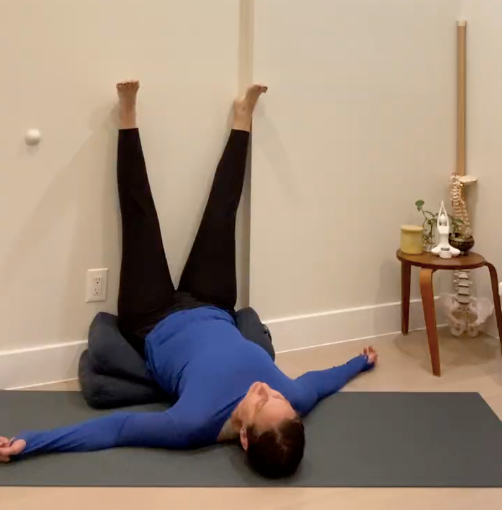The Benefits of Foam Rolling (and Why Everyone Should Be Doing It)
- an6133
- Jul 17
- 3 min read
Foam rolling—also known as self-myofascial release—is a simple yet powerful self-care practice that can make a big difference in how your body feels and functions. Whether you're a seasoned athlete, a weekend warrior, or simply someone who sits at a desk for long hours, foam rolling has something to offer you. I recommend foam rolling to all my movement clients, yoga and functional strength, all ages. It's such simple addition to your weekly routine, and the pay offs can be huge.
Foam Rolling is low-cost, easy to do at home or at the gym, and takes just 5–10 minutes a day to feel the benefits. Whether you're trying to improve your performance, prevent injury, or simply feel better in your body, foam rolling is one of the most effective and accessible tools in your self-care toolbox.
The Key Benefits of Foam Rolling:
1. Relieves Muscle Tension:Foam rolling helps release tight spots in the fascia (the connective tissue around muscles), which can improve flexibility and reduce stiffness or soreness—especially after workouts or long days. Our bigger muscle groups in particular - quadriceps, hamstrings, glutes, back muscles - hold a lot of surface tension because they do so much on any given day.
2. Boosts Circulation:The pressure from foam rolling stimulates blood flow to the muscles and surrounding tissues, which can help deliver oxygen and nutrients more efficiently, supporting recovery and overall vitality. You want to movel slowly and steadily while you're foam rolling to let this happen.
3. Improves Range of Motion and Mobility:Regular foam rolling keeps your tissues more supple and can help reduce joint restriction, making it easier and safer to move through a full range of motion in daily life and fitness.
4. Reduces Post-Workout Soreness (DOMS):Foam rolling post-exercise can lessen delayed-onset muscle soreness (DOMS) by flushing out metabolic waste and rehydrating muscle tissue.
5. Supports Injury Prevention and Recovery:By addressing muscle imbalances, adhesions, and tightness before they become problems, foam rolling is an excellent preventive tool. It also aids in faster recovery from strain or overuse.
6. Enhances Body Awareness:Just like stretching or yoga, foam rolling helps you connect with your body. It teaches you to listen to areas of tension or restriction that may otherwise go unnoticed.
7. Feels Great (After It’s Done!):Yes, it can be uncomfortable at first—but many find it becomes a satisfying ritual that leaves them feeling looser, lighter, and more grounded.
Five Tips to Remember as You Get Started
Go slow; you may want to get it 'done' and check it off your to-do list. But the benefits of foam rolling are found in steday, slow movements.
Breathe deeply, in a focused and consistent way. If you're talking on the phone or to another person in the room, you're not managing your breath or paying attention to your body.
Keep the pressure gentle yet steady; you can always increase it if you need more if you needed. You won't know what your body needs unless you come in light, and give your muscles time to adjust.
Avoid rolling directly on soft tissue injuries, ie, muscle tears, tendon or ligament injuries, open wounds, even healing wounds. The tissue is inflamed and the body is working on healing it - no need to aggravate it. Instead, work around the injured area, giving other areas attention.
Listen to your body while you're rolling. This is a golden opportunity to build your relationship with your body, letting it tell you where the aches are, what's too much pressure, as well as learning what it needs to heal and recover.
Click here or on the picture for a link to my recommended foam roller.




Comments